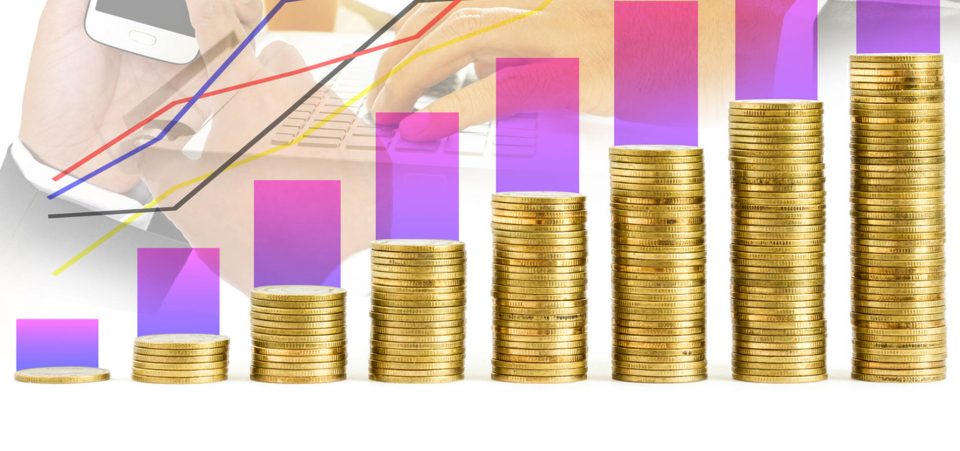Perpetually Bearish Investment Bank Surprisingly Turns Positive on Gold Price
No, hell hasn’t frozen over. Nor has Bigfoot been spotted. But an equally rare event has transpired: Goldman Sachs Group Inc (NYSE:GS) has turned bullish in its gold price forecast. Yes, I did a double-take as well.
The huge investment bank issued a rare positive take on gold, citing three specific factors which which could offset rising interest rates in 2017. The bank raised its three-month, six-month, and 12-month price targets from $1,200, $1,180, and $1,150 to $1,260, $1,261, and $1,250 per ounce, respectively. That won’t exactly set investors’ hair on fire. But, considering Goldman’s permabear status regarding the yellow metal, it’s a start.
The factors that Goldman Sachs cites are:
- Low expected returns on U.S. equities, which should support more defensive asset allocations;
- Accelerating emerging market (EM) gross domestic product (GDP) growth, which would give more purchasing power to EM nations that favor gold ownership; and
- Expected mine supply peaking in 2017.
(Source: “The 3 Reasons Why Goldman Just Turned Bullish On Gold,” Zero Hedge, June 26, 2017.)
Regarding point No. 1, I wonder if the “low expected returns” that Goldman Sachs anticipates is some sort of stock market crash. It would seem that low returns wouldn’t necessarily be enough to drive investors to own gold, unless a stock market crash or a prolonged stock market correction was in the offing. Regardless, Goldman Sachs points out that, since 2002, gold’s correlation with global bonds is at the hundredth percentile, and should be sensitive to rising rates, along with bonds.
Also Read:
Gold Price Forecast for 2017 Remains Extremely Bullish
Precious Metal Analysis: Keep Gold and Silver on Your Radar in 2017
Goldman’s second reason is self-explanatory. When EM economies expand, they’ll have more fiscal headroom to initiate gold purchases through their central banks. It will be interesting to see how much extra gold tonnage EMs purchase if Goldman’s expected GDP acceleration occurs.
Regarding the third point, the concept of “peak gold” is an interesting one. Last year, Goldman Sachs analyst Eugene King estimated that the world had only “20 years of known mineable reserves of gold.” If his prediction is accurate, the last known gold reserves could be mined sometime in 2036. (Source: “Peak Gold – Did Gold Production Peak in 2015?” Zero Hedge, August 10, 2016.)
In any event, “peak gold” is real, and it will act as a long-term put on prices. The fairy tale of Rumpelstiltskin, in which the miller’s daughter could turn straw into gold, cannot be duplicated in the real word. The days of two-percent annual global gold production are a distant memory.
Did Goldman Sachs Change Its Tune?
It was only in early May 2017 that Goldman Sachs issued a three-month target of $1,200/ounce gold. Citing a repricing of U.S. interest rate increases, faster quantitative easing reduction, and a decent U.S. economy, near-term gold price pressure was expected. Granted, this was only a short-term price objective, and Goldman’s 2017 forecast has remained steady, at $1,250/ounce gold. But clearly, something has changed.
Does Goldman Sachs see degradation in the real economy that could cause investors to rush into gold? Such economic degradation could easily lead to equity markets liquidating in a disorderly fashion, with valuations at nosebleed levels.
But don’t take my word for it.
In its March 2017 minutes released to the public, Goldman Sachs stated, “Some participants viewed equity prices as quite high relative to standard valuation measures.” (Source: “Fed officials say the stock market may be overvalued and history shows they are often right,” CNBC, April 5, 2017.)
Equity markets are priced for perfection right now. If the economy slows down faster than anticipated, as signaled by a rapidly flattening yield curve, the stock market could be in trouble. Perhaps Goldman Sachs is reading the tea leaves, and is positioning its clients ahead of the curve by recommending gold.
Is Goldman’s new bullish stance positive for gold? Maybe, maybe not. But, at the very least, it’s noteworthy. Goldman Sachs is rarely positive on gold, so—if I’m reading between the lines correctly—I sense there’s something in the economy or the stock market that it finds imminently foul.







